The Best Ways To Prevent Running Out Of Heating Fuel This Winter

Those who use heating oil to heat their homes during the coldest times of the year know that it can be difficult to remember and sometimes even get to the tank to check the fuel levels. Some of the most responsible people have difficulty remembering to keep track of the amount of oil they use.
Winter is a busy time of year, not just because of winter sports and outdoor activities for families, but it seems there is always snow to be plowed and shoveled, among other tasks. By the time they are finished with all of that, the last thing on their mind is checking the home heating oil tank. It is far too easy to lose track or forget to schedule a heating fuel delivery and run out of oil when temperatures hit their lowest.
.
There are a few different reasons for running out of fuel. Let’s explore those causes here:
- Heating can be expensive, and lack of money for delivery is a problem for many people.
- Fuel has not been monitored on a regular basis.
- There may be a leak in the system.
- Someone may be stealing fuel.
Regardless of the reason, when you run out of fuel oil, the frustration and cold temperatures cause problems with stress and quality of life. But it does not have to be difficult to prevent your home from an empty fuel tank. It is possible to make sure that your tank is full throughout the year. You can do this by recognizing the risk of an empty tank and following easy methods to keep fuel levels high.
The Best Ways To Prevent Running Out Of Heating Fuel This Winter
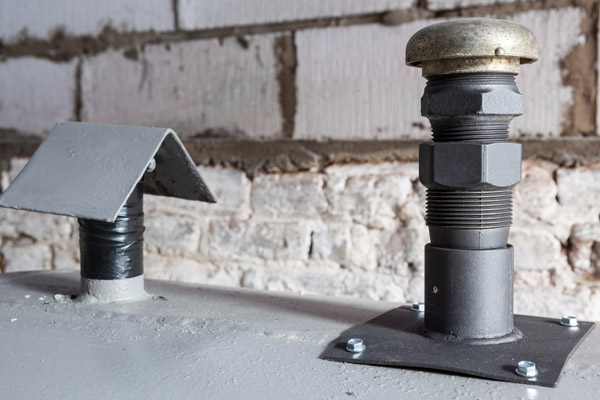
If you have been fortunate not to have run out of oil before, prevention may be the last thing on your mind. Still, even those who are especially mindful can forget to order their fuel on time. The problem could be worse than you might think it is.
There are many reasons for making sure you purchase fuel on time. The most obvious problem is staying warm and not having hot water in your house. But there are even more reasons for preventing an empty tank. Here are some of them:
It Can Cost More Money For Your Fuel
The middle or end of the winter season is the most common time to run out of fuel. The fact is that the middle and end of the season are when prices are at their highest. If your tank becomes empty at these times, you’ll pay much more for your fuel. Over time, you may even pay hundreds more for your fuel.
When you run out, you will pay more for your fuel, but emergency deliveries cost more than a normal tank fill. Arranging for regular deliveries during the year will cost less money than waiting until the fuel runs out and scheduling an emergency delivery.
Sludge Can Build Up In The Tank
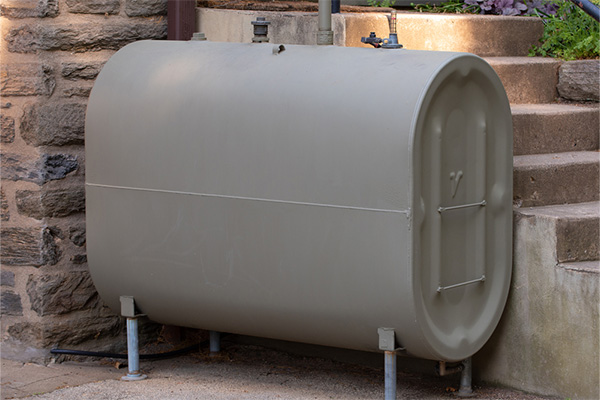
Heating oil tanks may collect debris and sludge that sits on the bottom. It usually isn’t a problem. However, it can damage the system when your tank is running out of fuel.
The sludge and debris end up in the supply line when the fuel levels are too low. It can block the line, but if it does not do that, it will get caught in the filter where it causes a problem. Fuel lines or fuel filters that are clogged up cause a reduction in efficiency. Even worse, it can cause the entire system to shut down. The problem will have to be taken care of by qualified technicians.
Running Out Of Fuel May Require a Manual Reset
Resetting your fuel oil system might be as easy as pushing a button. However, the pilot light can go off. Resetting the pilot light is more involved than pressing a button.
It is the law that a certified professional must reset the pilot light. The tech must drain the oil lines and change out clogged filters. This service is expensive. Keeping the tank filled helps prevent the need for such a service.
How To Keep Your Home Heating Oil Tank Full
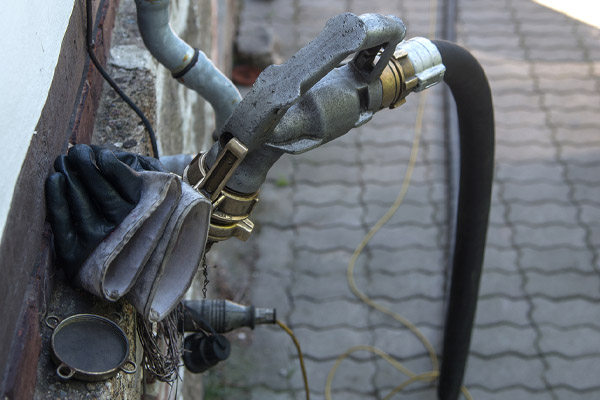
It is much better to pay throughout the year than to run out of oil and have added expenses. The best way to prevent the problem is to keep your tank full through the year and not leave it until winter.
You are advised to schedule a heating oil when your tank reaches 30%. This might seem like a hassle, but it’s important. The idea of remembering to go out and check the levels manually on a consistent basis can be daunting. There are ways to prevent the need for manual checks. These save time and lower your stress:
Have Your Fuel Delivered Automatically
If you schedule automatic oil deliveries, you will not have to be concerned about running out of fuel. You can avoid the work of checking the levels and guessing when a refill should be scheduled. Automatic delivery lets you relax and let the oil company take care of the fuel.
When you agree to automatic deliveries, the company will keep track of the oil you use. You won’t have to. The technology they use will estimate how much fuel you use. This will not invade your privacy. They will do the calculations with non-invasive information about the house you live in. They combine the information with heating degree days, also known as HDD. This measures how much energy will be needed to keep your home warm based on the temperatures outside.
The provider uses your home’s size, your fuel tank size, and previous data about your heating usage. Their means of calculation enables them know when your tank will be down to one-quarter. They will contact you to schedule your fuel delivery.
Automatic Delivery Pros
- The majority of fuel companies use automatic deliveries. This is because it is the best method for keeping your fuel tank full.
- Automatic delivery saves you more money than other options. Most fuel providers offer discounts when you use this option. The lower price will save a great deal of money.
- Because your provider bases your automatic deliveries on your heating history, they can recognize your particular requirements and avoid selling you more oil than is needed.
- The calculation method they use protects your privacy. They do not use tank monitoring software to estimate your needs.
Automatic Oil Delivery Cons
The calculations don’t include the times you use more or less heat than usual. When you have visitors, you may use more heat and hot water. Also, you might go on a trip and not use the same amount of heat for a while. When the unexpected comes up, tell your provider so they can make the proper adjustments to your scheduled deliveries.
With automatic fuel oil deliveries, you will need to sign a contract and commit to one supplier. This prevents you from shopping for lower prices or better services from other providers.
Smart Fuel Tank Meters

In the last few years, smart technology has become very popular in the industry as well as in households. We have smart thermostats, cookware, and security systems. We use smart technology to turn lights on and off, and listen to music. The fuel oil industry now utilizes smart oil tank meters.
This software can monitor the amount of oil in your tank, how much fuel is being used, and the cost of heating. You can install an app on your phone and access information from your living room or halfway across the country. This is done by connecting with a sensor that is attached to your tank.
Smart Meters Pros
You can purchase smart systems with theft alarms built-in. When the oil levels get low, the meter will let you know through the app so you can quickly contact your home heating oil supplier.
Smart Meter Cons
This high-tech system is more expensive than many other tracking options. The system may cost you upwards of 100 dollars. There are some cases that have been reported where there is an inaccuracy of these electric monitoring systems. While the majority of smart systems for oil monitoring are extremely accurate, you should keep this in mind and check for issues with inaccuracy. Most smart monitoring software contacts the homeowner when levels are low, so it is important for you to notify your provider immediately.
The smart meter is not made to be installed by homeowners. Contact your provider for assistance. Van Varick & Sons has the ability to install smart meters at the time of your scheduled heating system tune-up. Give us a call, and we will take care of that for you.
If you don’t own a smartphone or use other smart devices, you have the option of using a smart meter tank monitoring system.
Local Tank Monitors
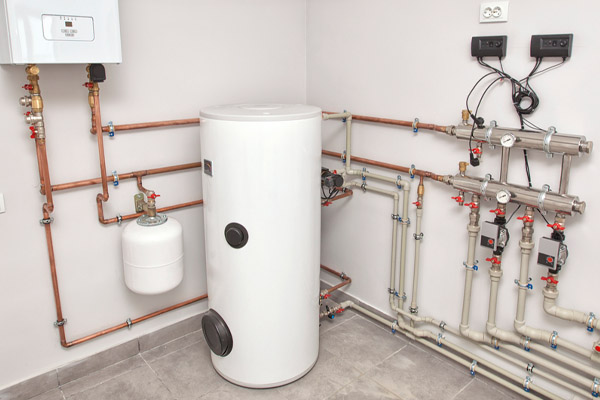
Just like the smart meter, a local tank monitor has a device that is attached to your oil tank. This sensor transmits the fuel level to a monitor that plugs into a regular electric socket.
Local Tank Monitor Pros
The installation of local monitors is fairly simple and is done in little time. The sensor is placed in the tank, and then the monitor is plugged into a home outlet. You can benefit from the system without owning a smartphone.
When tank levels drop, the sensor will alert you by transmitting an alert to your home monitor. When you receive an alert, all you have to do is contact your provider.
A local tank monitoring system achieves better accuracy than a float gauge, and you do not have to use a dipstick to check the levels, either.
Local Tank Monitor Cons
Many of the monitors must be plugged in within a limited range of your oil tank. This makes it less convenient than using a smart meter or scheduling automatic deliveries. Mobile smart monitors use a battery and can be used anywhere in your home, but most tank monitors plug into an outlet and cannot be moved around.
The transmitter and monitor of a local system will cost almost as much as the smart monitoring system. A local tank monitor is typically priced around 100 dollars.
Even though you will receive an alert when the oil levels in your tank are low, you will be requesting a refill late in the game, which is likely to cost more.
Oil Tank Alert System

You can be alerted about fuel levels without using a smart meter or local tank monitoring system. Instead, you can install a simple oil tank alert system.
Alert systems do not require the settings and extra data the other systems require, so you will pay a lower price. All you have to do is place a gauge in the tank. It will alert a receiver when the levels drop low. The receiver will flash or beep to notify you when to contact your supplier.
Oil Tank Alert System Pros
If you are not familiar with the current smart technology, an alert system may be the perfect option for you. The receiver used does not have a complicated interface or screen. It will alert you about low levels without all the bells and whistles.
The alert system is simple and much less expensive than the other types of monitoring systems. You can buy an alert system unit for less.
You can choose an alert system that is powered by a battery, so you have more options for placement inside your home.
Alert System Cons
Although an alert system will let you know about low levels in your tank, they do not provide other information. Unlike the other systems, you won’t be informed of the trends and cannot easily find out if you can save money by changing specific habits or monitoring seasonal and daily trends.
Check Your Home Heating Oil Tank Levels Manually
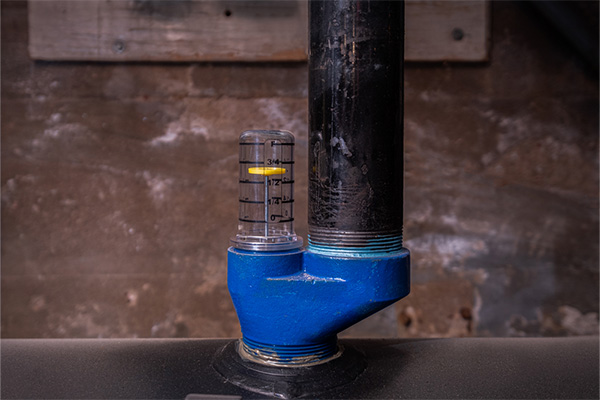
If you do not have the money available to buy a monitoring service or pay for an automatic delivery service, checking your tank levels is still a necessity. Professionals may advise against self-monitoring. Still, it can be done. You can evaluate the gauge and call for delivery when you see that levels are low.
As with a car, you can use a dipstick to check your oil. Before the levels are down to one-third to one-quarter of a tank, call your supplier to schedule a refill. It is always best to request a refill before the levels dip below a quarter of the tank. This ensures that you won’t face an empty tank and all the hassle and cost that goes with it.
Manual Monitoring Pros
Monitoring oil levels manually is the least expensive choice. Just be sure to check your levels regularly to keep costs down.
Manual Monitoring Cons
Of all the monitoring methods, manual monitoring is the least convenient. When the winter temps are especially cold, and there is a lot of snow on the ground, checking your tank levels can be especially daunting.
What If You Run Out Of Oil?
When you find that your tank is empty, prevention is not an option. The fact is that you need fuel now! You will have to call your oil provider for an emergency fill. However, it is a good idea to keep the issue in mind and make sure to check regularly from that moment on.
You Have An Empty Heating Oil Tank – Now What?
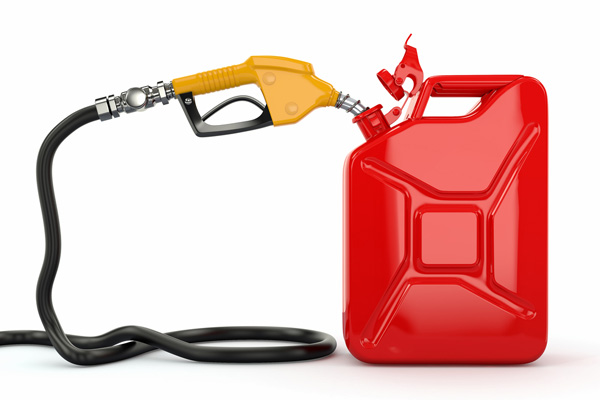
Put in a call for an emergency delivery the moment you know your tank is out of fuel. When there is an emergency, suppliers can deliver fuel typically within one day.
While you wait for that refill, you can use diesel fuel or kerosene. Go to your local gas station and fill a 5 to 10-gallon gas container. Doing this will help keep your family warm while waiting for the emergency delivery to take place.
If you have a working fireplace, buy enough wood to heat your home for twenty-four hours. You can also use space heaters throughout your home to keep your family as warm as possible while you wait for delivery.
In addition to the above heating measures, be sure to make sure all of your outside doors and windows are shut tightly. If you are able, use weather stripping to make sure your home loses as little heat as possible.
Call Van Varick & Sons For All Your Home Heating Needs
For all your HVAC and oil delivery needs, contact Van Varick & Sons. We have some of the most highly qualified and professionally certified technicians in Northern New Jersey. Each of our friendly techs can conduct all kinds of HVAC services, such as oil tank upgrades, boiler repair, ductless installations, furnace replacements, and more.
We have various oil delivery plans and financing options. This way, you can customize your fuel deliveries to meet your needs. Our heating oil delivery and HVAC services are affordable and are done accurately and promptly at all times.

All of our services come with a guarantee. Our HVAC maintenance services improve your energy efficiency and home comfort while decreasing your HVAC costs. We can also assist you when you need to replace your heating and cooling system. We will help you find the best make and model for your home without sacrificing your budget. Our experts have the skills, training, and experience to ensure that all your home comfort needs are met. Book an appointment with us today. Call Van Varick & Sons for a free, in-home estimate.
You can click here to contact us now or call us at (973) 694-2777 to find out more!
